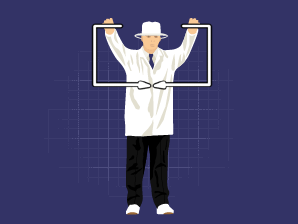Cricket is one kind of outdoor game.Cricket is a bat-and-ball game played between two teams of 11 players each one the field at the center of which is rectangular 22 yard long pitch .Each team takes its turn to bat, attempting to score runs, while the other team fields.Each turn is known as an innings.
The bowler delivers the ball to the batsman who attempts to hit the ball with his bat away from the fielders so he can run to the other end of the pitch and score a run.Each batsman continues batting until he is out.The batting team continues batting until ten batsmen are out, or a specified number of overs of six balls have been bowled, at which point the teams switch roles and the fielding team comes in to bat.
Cricket was played in southern England in the 16th century.By the end of the 18th century, it had developed to be the national sport of England.The expansion of British Empire led to cricket being played overseas and by the mid-19th century the first international match was held.Now it is a game of international status and now match-games of cricket are being played in international tournaments.The game is most popular in Indian subcontinent, Australia, England the West indies and South Africa.Cricket match is always played between two teams.It has three forms till now.One Day Cricket match ,Test Cricket match and T20 Cricket match.One day cricket match consists of 100 overs,Test Cricket consists of 450 overs at the maximum and Twenty Twenty cricket has 40 overs in a match.






